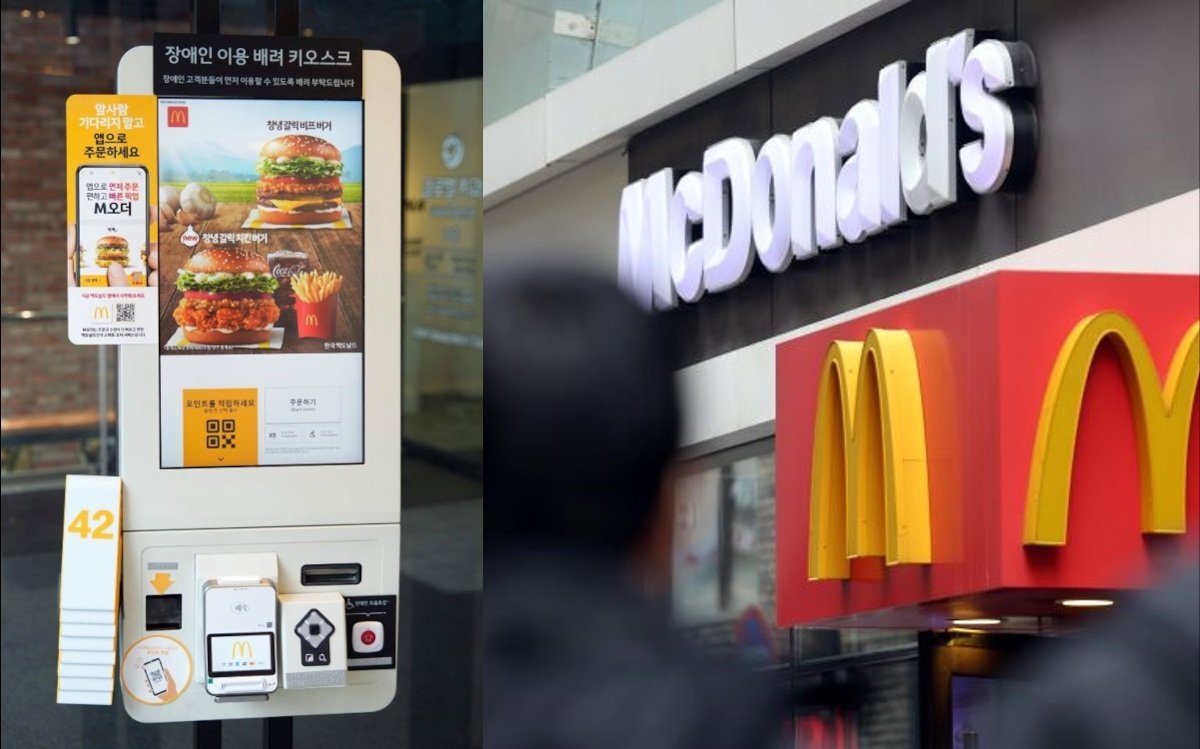McDonald's is expanding the functionality of order terminals for people with blindness and visual impairments. Restaurant customers can use voice control to operate interactive digital signage systems. The first QSR chains are already testing a voice-controlled payment process.

Accessibility: McDonald’s Introduces Voice-Guided Order-Terminals
After the restaurants in the US, McDonald’s is also introducing voice-controlled self-service kiosks in South Korea. The first restaurant converted is located in the greater Seoul area.
Dedicated order terminals, equipped with voice guidance software and touchpads, were initially installed in 15 downtown McDonald’s branches that are particularly frequently used by visually impaired people – often near schools for the blind. People with visual impairments can connect their own headphones to hear instructions and menus even in noisy environments.
McDonald’s South Korea is the second market after the USA in which order terminals with voice control are being rolled out. McDonald’s Korea plans to expand this service to all of its branches in the country.
Digital signage and accessibility
The digitization of customer journeys with digital signage screens and mobile apps enables barrier-free touchpoint concepts. This not only requires the control of screens at wheelchair level – usually selected terminals are installed lower for this purpose – but also the option of displaying the onscreen menu with large font and high contrast. For people with blindness and visual impairments, voice control is recommended, as McDonald’s is now implementing.
The first QSR providers such as PLNT Burger are already testing payment via voice. Customers register with voice samples using an AI tool. The system is said to clearly identify the voice from hundreds of millions of people with high reliability. This means that payment can be triggered via voice.
First reported by KoreaBizwire
